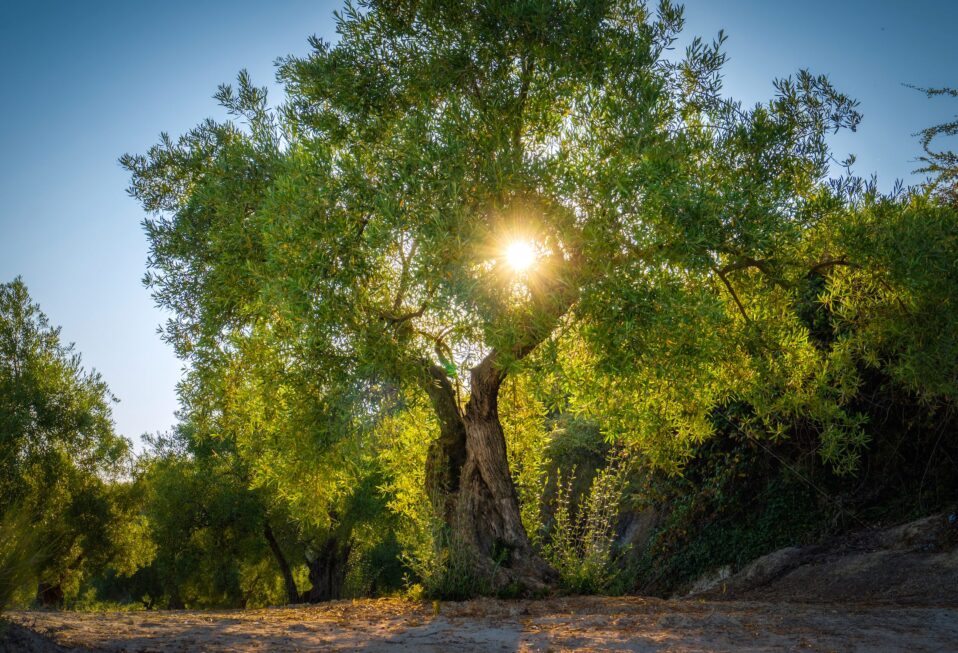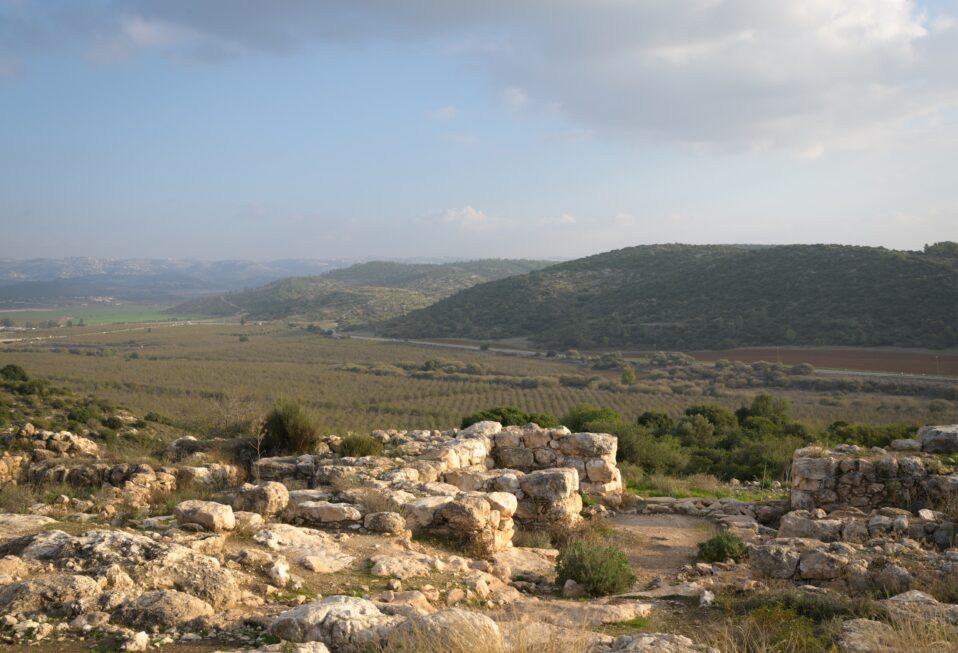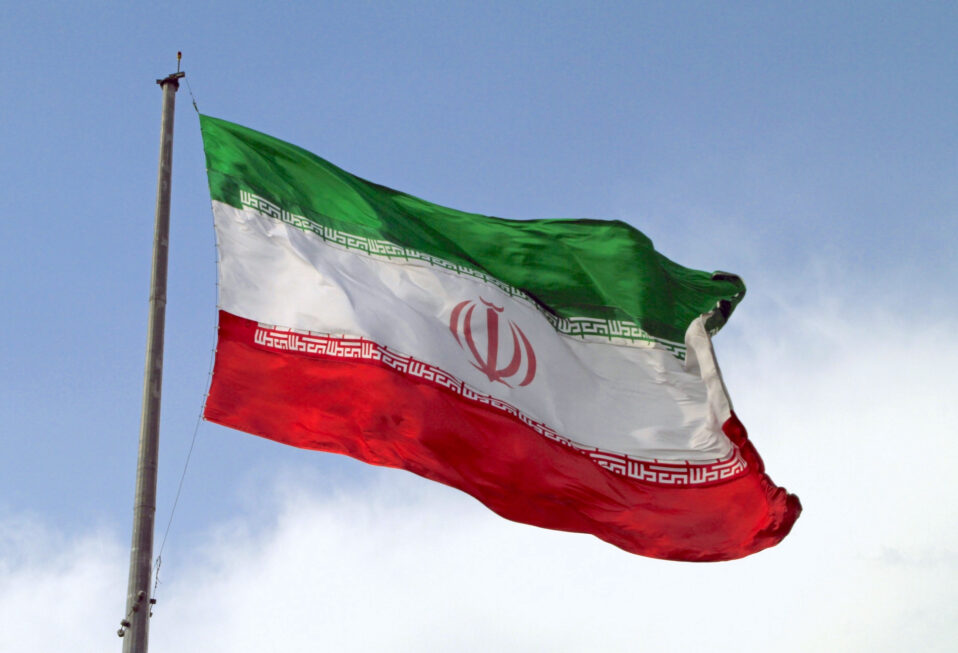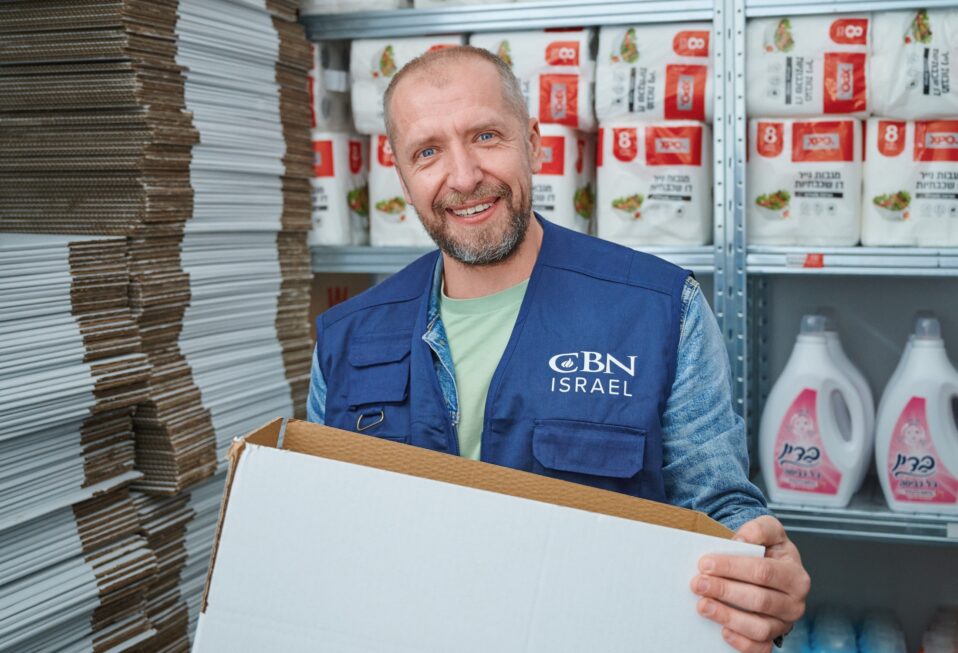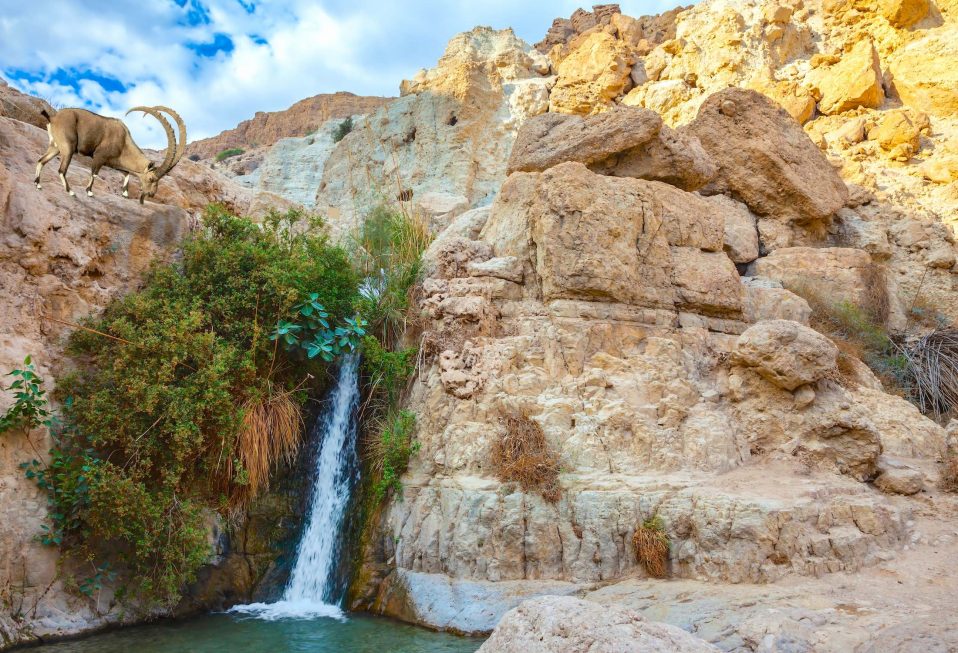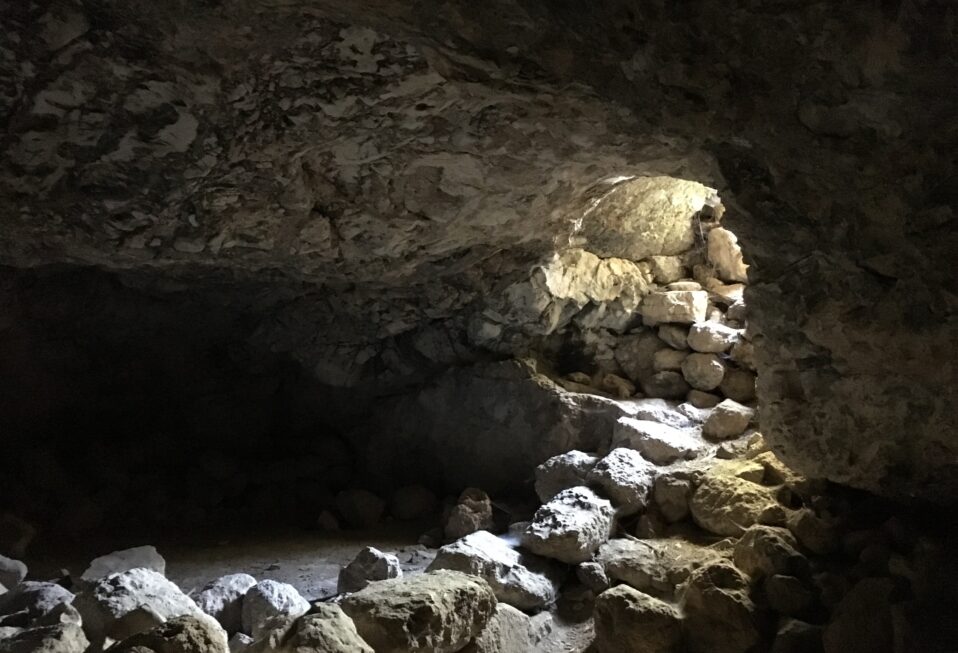By Stephen Faircloth
Tucked along the sparkling coast of the Mediterranean, the ancient city of Caesarea wasn’t just a marvel of Roman engineering—it was a stage where God’s unfolding plan for the world stepped into the Gentile arena. For anyone walking its ruined streets today, it’s easy to imagine Roman chariots racing in the stadium or waves lapping against Herod the Great’s grand harbor. But the stones of Caesarea whisper of something greater: the unstoppable reach of the Gospel.
It was here, in Caesarea, that the Gospel of Jesus Christ broke through a cultural and spiritual barrier that had long divided Jews and Gentiles. In Acts 10, the apostle Peter was summoned to the house of Cornelius, a Roman centurion described as “God-fearing.” As Peter preached, the Holy Spirit fell upon Cornelius and his household—Gentiles receiving the same Spirit as the first Jewish believers in Jerusalem. In that moment, the family of God flung its doors wide open. No longer was the good news reserved for one people, but for all nations, just as Jesus had promised.
The city witnessed not only divine breakthroughs but also divine judgments. Herod Agrippa I, the grandson of Herod the Great, died in Caesarea, struck down after accepting the praises of the people as if he were a god (Acts 12:19-23). Both Scripture and the historian Josephus record this sobering event, reminding us of the peril of pride and the glory that belongs to God alone.
Caesarea also served as a crossroads for the apostle Paul. From here, he sailed on missionary journeys, faced trials under Roman rulers like Felix and Festus, and ultimately appealed to Caesar, setting the course for his voyage to Rome (Acts 23-27). During this time, Luke, Paul’s companion and the author of Luke and Acts, likely remained free to move about the land. It’s not hard to imagine Luke walking the streets of Jerusalem or sitting with eyewitnesses, gathering the material he would later weave into his Gospel (Luke 1:1-4). Even in chains, God’s servants were at work, and His Word was moving forward.
The city itself was a testament to Roman ambition. Herod the Great transformed a modest Phoenician port known as “Strato’s Tower” into a grand harbor he called Sebastos, honoring Caesar Augustus. Around it rose temples, palaces, theaters, and baths. Yet amid all this grandeur, a simple stone discovered by archaeologists stands out: the Pilate Inscription, a dedicatory plaque mentioning Pontius Pilate, the Roman governor who condemned Jesus. It’s a quiet reminder that even powerful men like Pilate lived in the shadow of a much greater King.
In A.D. 66, Caesarea again became a flashpoint—this time as the First Jewish Revolt ignited. The city’s tensions exploded in violence, and in its stadium, the Roman general Titus forced 2,500 Jewish captives to fight to the death in grisly celebration. What had once been a place of Gospel peace now echoed with the horrors of war and vengeance.
Yet God was not done with Caesarea.
In the centuries that followed, Caesarea became a beacon of Christian thought. The great teacher Origen spent over two decades here, establishing a theological school and one of the ancient world’s finest libraries. From this treasure trove of knowledge, Eusebius, the “Father of Church History,” would write his sweeping account of early Christianity, preserving the memory of martyrs, apostles, and faithful communities.
Caesarea reminds us that God’s story moves through unlikely places. It marched into a Roman stronghold, shattered cultural boundaries, and transformed a harbor of empire into a harbor of faith. Whether you’re standing in a grand city or feeling small in your corner of the world, remember this: the Gospel has never been confined by walls, rulers, or borders.
Like Peter, may we be ready to go where God sends us, even if it surprises us. Like Paul, may we be faithful—even in chains. Like Cornelius, may we hunger for truth and welcome it when it comes. And like those who walked the streets of Caesarea long ago, may we be part of God’s great story—anchored in Christ and carried by the Spirit to the ends of the earth.
Stephen Faircloth serves as President of CBN Israel, where he is passionately committed to supporting the nation and people of Israel. He leads a broad range of advocacy efforts and humanitarian initiatives that bring practical aid and lasting hope to some of Israel’s most vulnerable—terror victims, Holocaust survivors, refugees, and families facing deep poverty.



